Local Fashion Government Workshop Summary
Download and dig in for an introduction to governance Earth Logic-style, what we call small ‘g’ governance, and a workshop method recipe to make where you are

This document journeys around six different workshop ‘stations’, layering and building understanding of how to cultivate situated decision making and a mutually supportive system that leads us towards health and fairness of Earth and all of us who live here.
It describes the steps taken in the Local Fashion Government workshop that took place in Lancaster, England on 5th October 2021. Let us know how you use it!
Download it here from the publications section of this website!
Introducing Earth Logic Gardening
What would change look like if steeped in healthy relationships instead of economic growth? Perhaps a bit like gardening…

As climate change, biodiversity loss and social segregation accelerate despite decades of action, it is now clear that urgent change will not be achieved with the same thinking and models that created the problems.
Already in the 1950s, Albert Einstein famously cautioned that problems can’t be solved with the same kind of thinking that created them. And in so doing he challenged us to shift the conversation from a focus on what we are doing, to how we are doing it.
In Earth Logic Gardening the authors make this vital leap, by offering a hands-on guide that is nested in the values and the world that we want to see, rather than those we need to leave behind. Earth Logic Gardening takes insights from a broken fashion system, and offers a hands-on plan viable for fashion as well as media, food, transport, housing and personal transformation.
Taking the cue from gardening – which literally everyone can do – whether from a windowsill, a plot behind a house, or as guerrilla gardening – Earth Logic Gardening offers a game-changing plan for claiming sustainability work from experts and consultants to something everyone can do from everywhere – in the personal and professional life.
Earth Logic Gardening is a practical guide to seeding, growing, harvesting (and more) the work of change in ways that leave old priorities and frameworks behind. Drawing upon the metaphor and practice of gardening, Earth Logic Gardening is a guide to how to root work in local communities, recognise the many other beings that live and collaborate alongside us, pay attention to how we work. The book shares nine accessible principles for making change happen from paying attention to the soil to sorting out the tool shed to fallowing, with real life examples.
In 1984, the celebrated poet and black lesbian feminist Audre Lorde said, ‘The master’s tools will never dismantle the master’s house. They may allow us to temporarily beat him at his own game, but they will never enable us to bring about genuine change’. In Earth Logic Gardening we propose new tools and practices for genuine, long-lasting change in fashion, food, transportation and more.
Earth Logic Gardening is available to download for free from this website.
Also explore Earth Logic Gardening through these short films directed by Sarah Hamilton:
Introduction to Earth Logic Gardening
Earth Logic Gardening – Less
Earth Logic Gardening – Local
Earth Logic Gardening – Plural
Summarising Earth Logic in Seven Statements

Written by two of the world’s most cited scholars in fashion and sustainability, the Earth Logic fashion action research plan warns of the unacceptable climate, environmental and social impacts of the fashion industry. Earth Logic can be summarised into seven essential elements of action to profoundly rethink fashion and put the health and survival of our planet Earth before business interest and economic growth:
- Act on the science. Science tells us we have less than a decade to shift to living within the means of our planet, with resources fairly shared across the globe. Acting on the science means taking steps commensurate with this challenge. Changes to products and even discrete systems are insufficient – change needs to be targeted at the very logic that drives the whole of society.
- Earth Logic is for us all. Earth Logic puts the health and survival of our planet as the primary goal for all fashion activity. This is different from fashion directed by economic growth. A thriving planet with a stable climate will benefit us all and decentralises fashion from an industry-dominated activity, to one shaped and reshaped through genuine collaboration across industry, citizens, education, the media, policymakers and more.
- It’s time for a paradigm shift. We cannot solve our problems with the same thinking that created them. This is why we propose Earth Logic as a new paradigm for fashion that can also be applied to other sectors. This new way of thinking – like the turn of a kaleidoscope – makes it possible to see new patterns and relationships and take action for a fashion system that is a healthy and regenerative force in society and for the planet.
- Dare to change, even when it is difficult. Three key themes for action are: Less – bring all fashion activities within the planet’s limits. Local – ground action in the needs and creativity of local communities. Plural – nurture diversity and social justice to transform nature and society.
- Dare to learn, communicate and organise. Activate transformation of the fashion sector by: Learning – use every opportunity to expand knowledge, share knowledge and innovate based on Earth Logic. Languaging – use words, stories and images that change mindsets from growth logic to Earth Logic. Governing – consider how we organise and regulate fashion as an important and underused driver for change.
- Move from production and consumption to care. The maintenance, use and care of fashion systems are expressions of the Earth Logic. The feminist notion of care radically transforms how we act. Care brings action for climate, biodiversity and social justice from expert work to something everyone can do everywhere. It brings care for relationships, people and other species, into the foreground, paying attention to fashion practices instead of products.
- Stay with the trouble – our future prosperity depends on it. Earth Logic is an uncompromisingly holistic approach to change. This means refusing to separate environmental, social and economic dimensions of sustainability. It also means addressing real challenges, like providing livelihoods in a world of less production and consumption.
En ny logik för modeindustrin, med planeten i fokus

Två av världens mest framstående forskare inom mode och hållbarhet har en plan för att göra upp med modeindustrins oacceptabelt stora negativa effekter på klimat, miljö och människor. Deras plan kallas för ”The Earth Logic” och sammanfattas nedan i sju punkter för vad som behöver hända för att på djupet tänka om när det gäller mode och sätta planetens hälsa före affärsintresse och ekonomisk tillväxt:
- Agera utifrån vetenskapen.
Vetenskapen säger att vi har mindre än ett årtionde på oss att övergå till att leva inom vår planets gränser och fördela resurserna rättvist över hela världen. Att agera utifrån vetenskapen innebär att vidta åtgärder i proportion till denna utmaning. Förändringar av enskilda produkter eller delar av modesystemet är otillräckliga – omställningen måste riktas mot själva logiken som driver hela samhället.
- Earth Logic är för oss alla.
Earth Logic sätter vår planets hälsa och överlevnad som det främsta målet för hela modebranschen. Detta skiljer sig från mode som styrs av ekonomisk tillväxt. En blomstrande planet med ett stabilt klimat gynnar oss alla. Att arbeta utifrån denna logik decentraliserar mode från att vara en branschangelägenhet till att fokusera på genuint samarbete mellan alltifrån industri, politik och icke-statliga organisationer, till utbildning, media och allmänheten i stort.
- Det är dags för ett paradigmskifte.
Vi kan inte lösa våra problem med samma tänkande som skapade dem. Det är därför Earth Logic behövs, som ett nytt paradigm för mode vilket även kan appliceras på andra sektorer. Detta nya sätt att tänka fungerar ungefär som ett kalejdoskop, som gör det möjligt att se helt nya mönster och relationer, samt vidta åtgärder för att förändra modesystemet till att bli en positiv och regenerativ kraft i samhället och för planeten.
- Våga förändra, även när det är svårt.
Tre nyckelteman för att agera enligt Earth Logic är: Mindre – konsumera mindre för att hålla oss inom planetens gränser. Lokalt – förankra allt som görs i lokala samhällens behov och kreativitet. Mångfald – värna om mångfald och social rättvisa, i både naturen och samhället.
- Våga lära, kommunicera och organisera.
Bidra till omvandlingen av modesektorn genom: Lärande – använd varje tillfälle att lära nya saker, dela kunskap och hitta nya lösningar baserade på Earth Logic. Språk – använd ord, berättelser och bilder som förändrar vårt tankesätt, från tillväxtlogik till Earth Logic. Styrning – hur vi organiserar och reglerar mode är en viktig och underutnyttjad drivkraft för förändring.
- Gå från produktion och konsumtion till klädvård.
Omsorg och skötsel av de kläder vi redan har är centralt inom Earth Logic. Den feministiska föreställningen om omsorg förändrar radikalt hur vi agerar. Att lägga tonvikten på omsorg innebär att ansvaret för klimat, biologisk mångfald och social rättvisa inte bara faller på experter – det är något alla kan bidra till, varje dag. Med omsorg om relationer, människor, saker och andra arter i förgrunden blir hur vi utövar mode viktigare än själva produkterna.
- Blunda inte för problemen – vårt framtida välstånd beror på det
Earth Logic innebär ett kompromisslöst och holistiskt förhållningssätt till förändring. Detta betyder att vi inte kan separera de miljömässiga, sociala och ekonomiska dimensionerna av hållbarhet. Det innebär också att vi inte kan blunda för stora utmaningar som kan uppstå, till exempel att kunna säkra tillgången på jobb och försörjning i en värld med mindre produktion och konsumtion.
Earth Logic Plan
The Earth Logic Fashion Action Research Plan is a visionary and radical invitation to fashion researchers, practitioners, business leaders and decision makers to: call out as fiction the idea that sustainability can be achieved within economic growth logic; and instead to ‘stay with the trouble’ of envisioning fashion connected with nature, people and long term healthy futures.
The plan does this by placing Earth first – before profit, before everything. This is both simple and changes everything.
The plan comprises three parts to support Earth Logic action research in fashion. Part I is a values-explicit context which can be used to plan, select and evaluate research and development projects. Part II is a checklist to keep action research on a radical track. Part III is made up of six holistic landscapes that set out progressive areas for transformation of the fashion sector directed at the whole system of fashion.
Earth Logic was commissioned by the JJ Charitable Trust.

A rooted sense of identity and community through localism
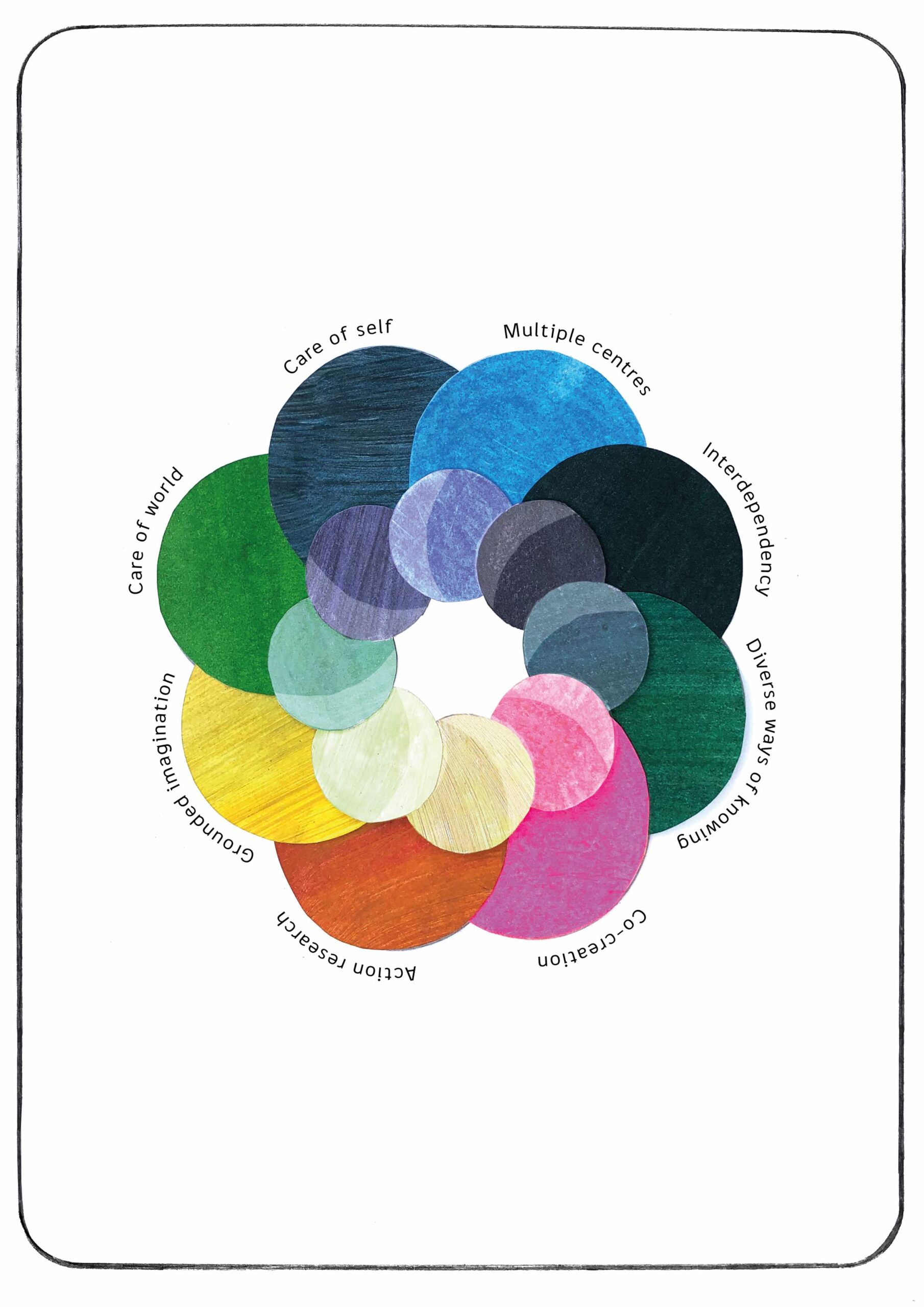
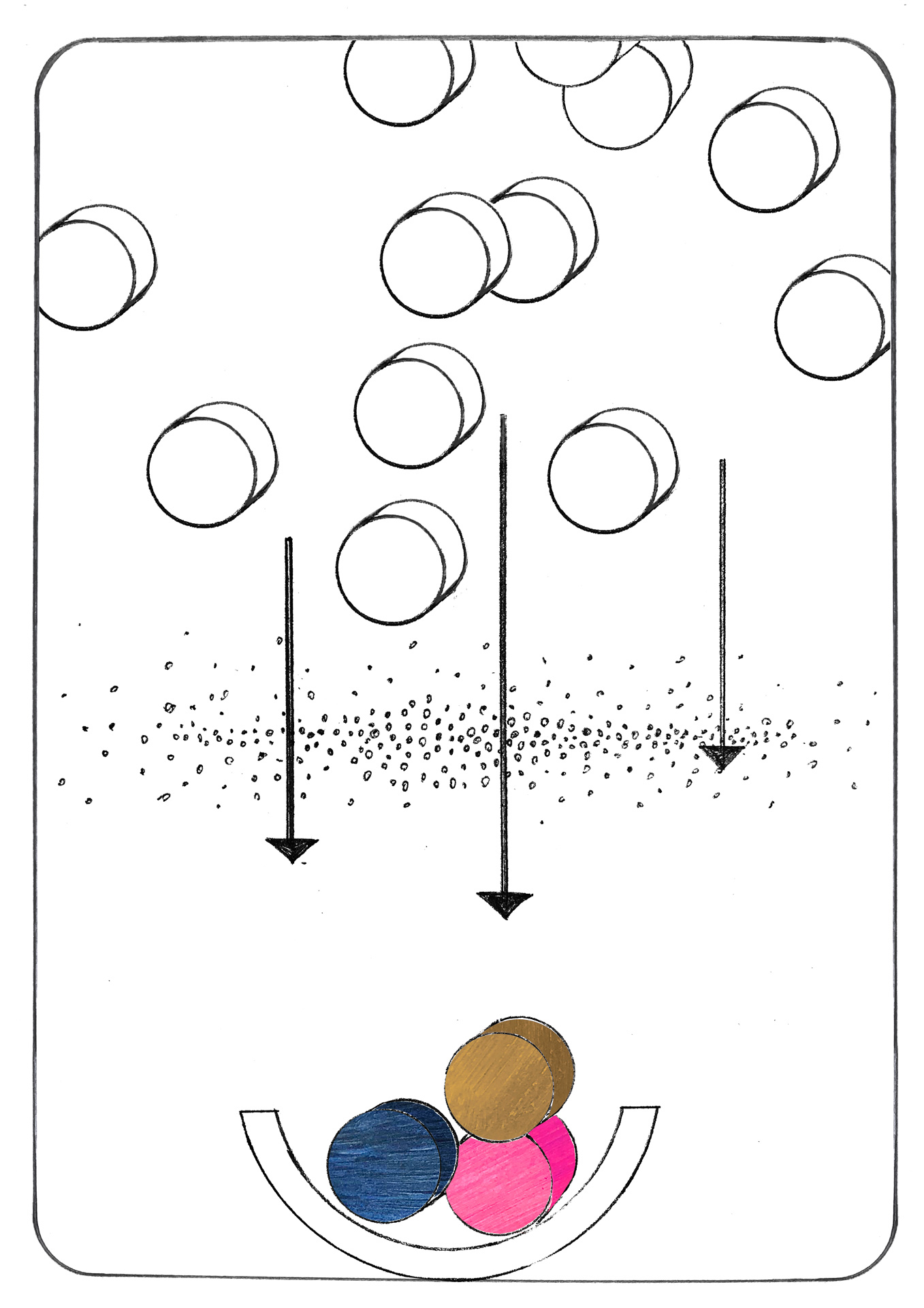
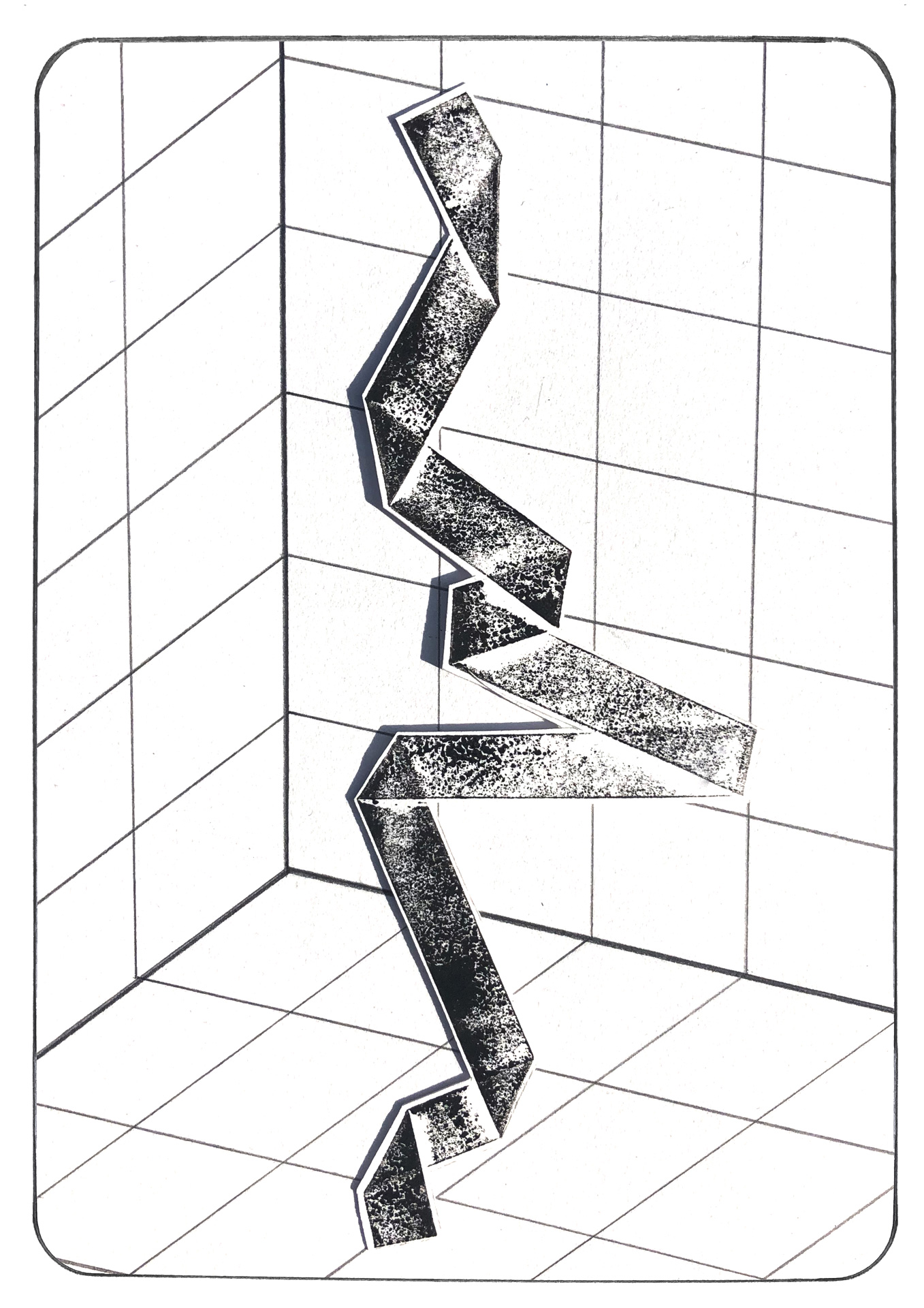



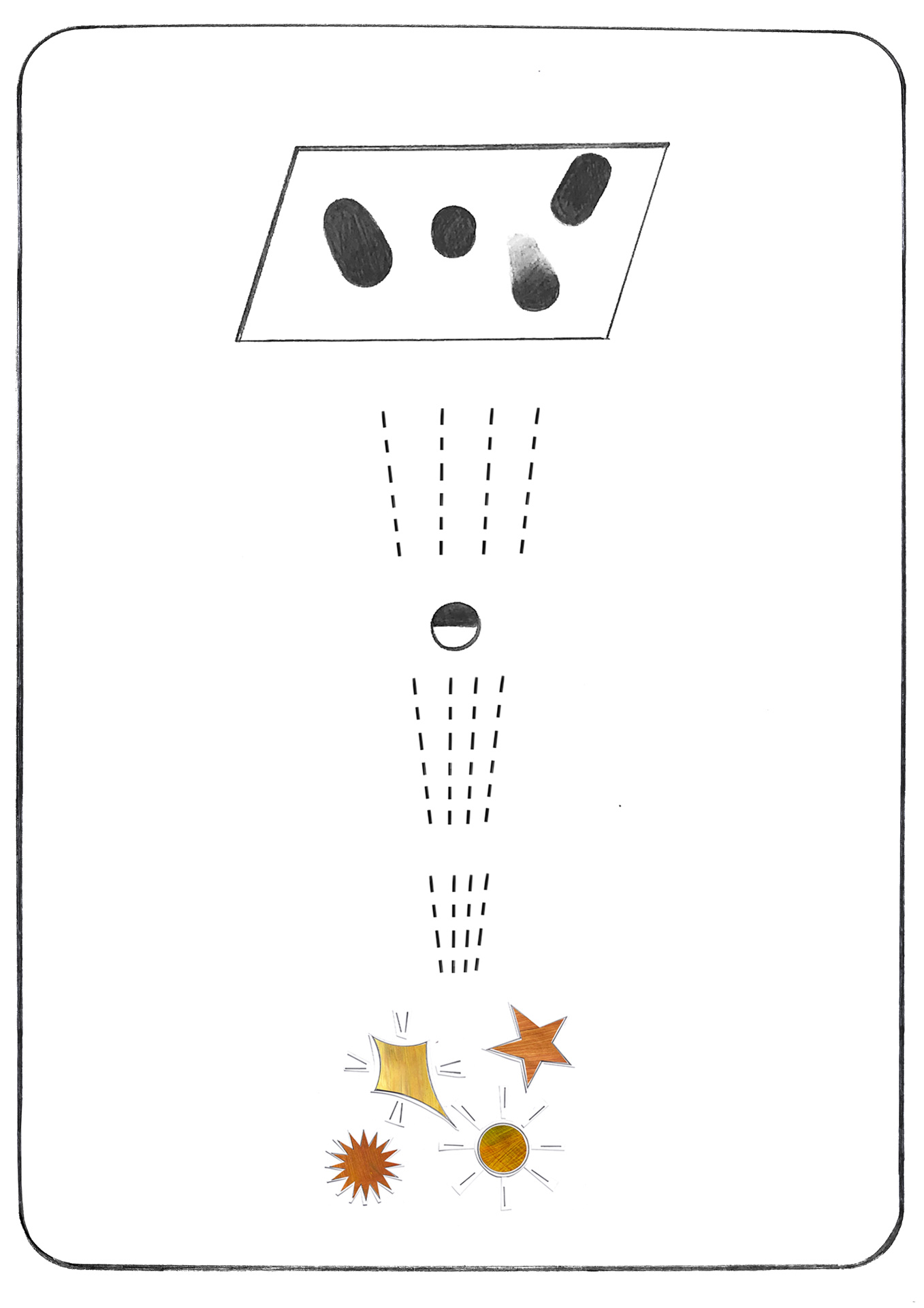
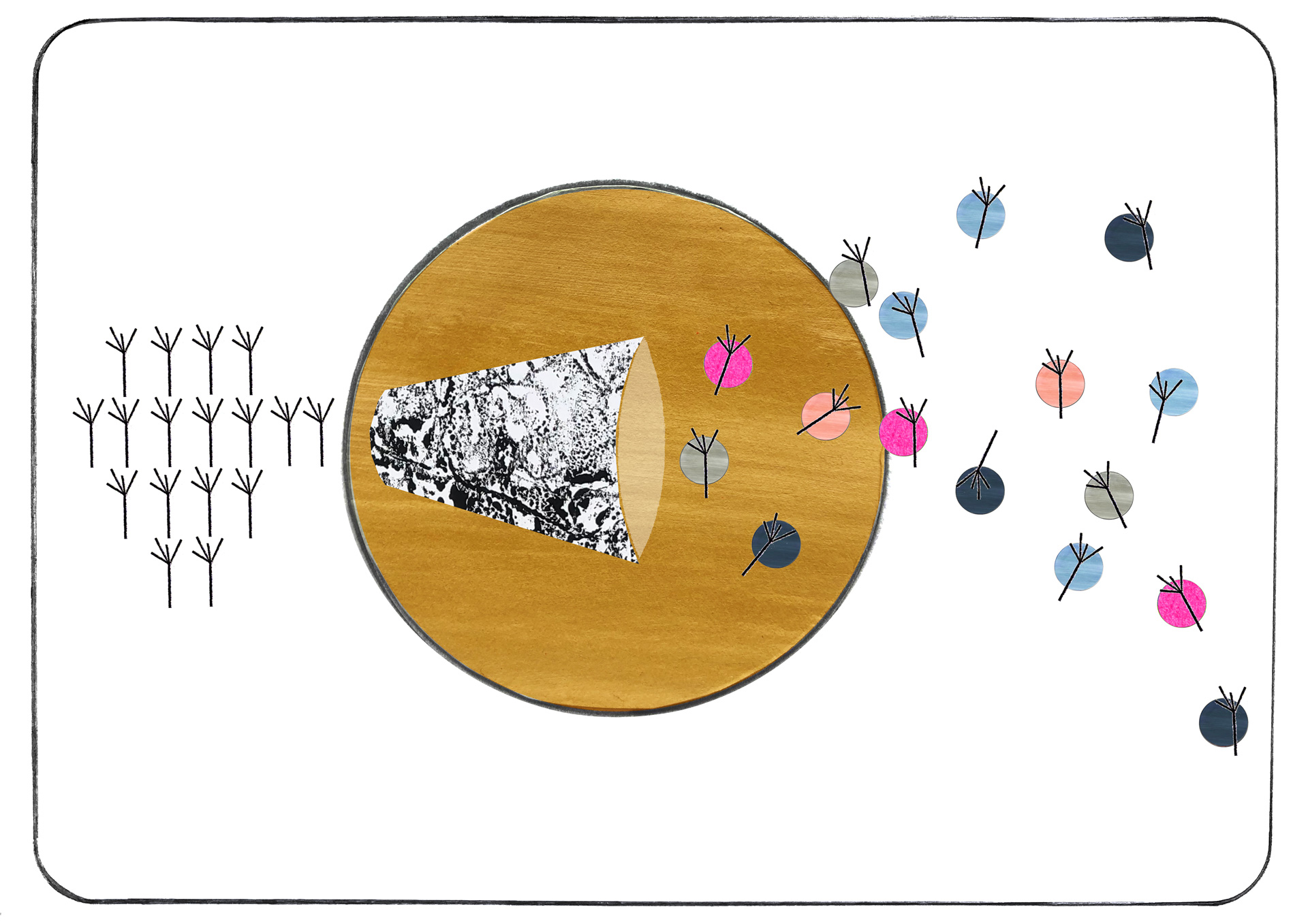
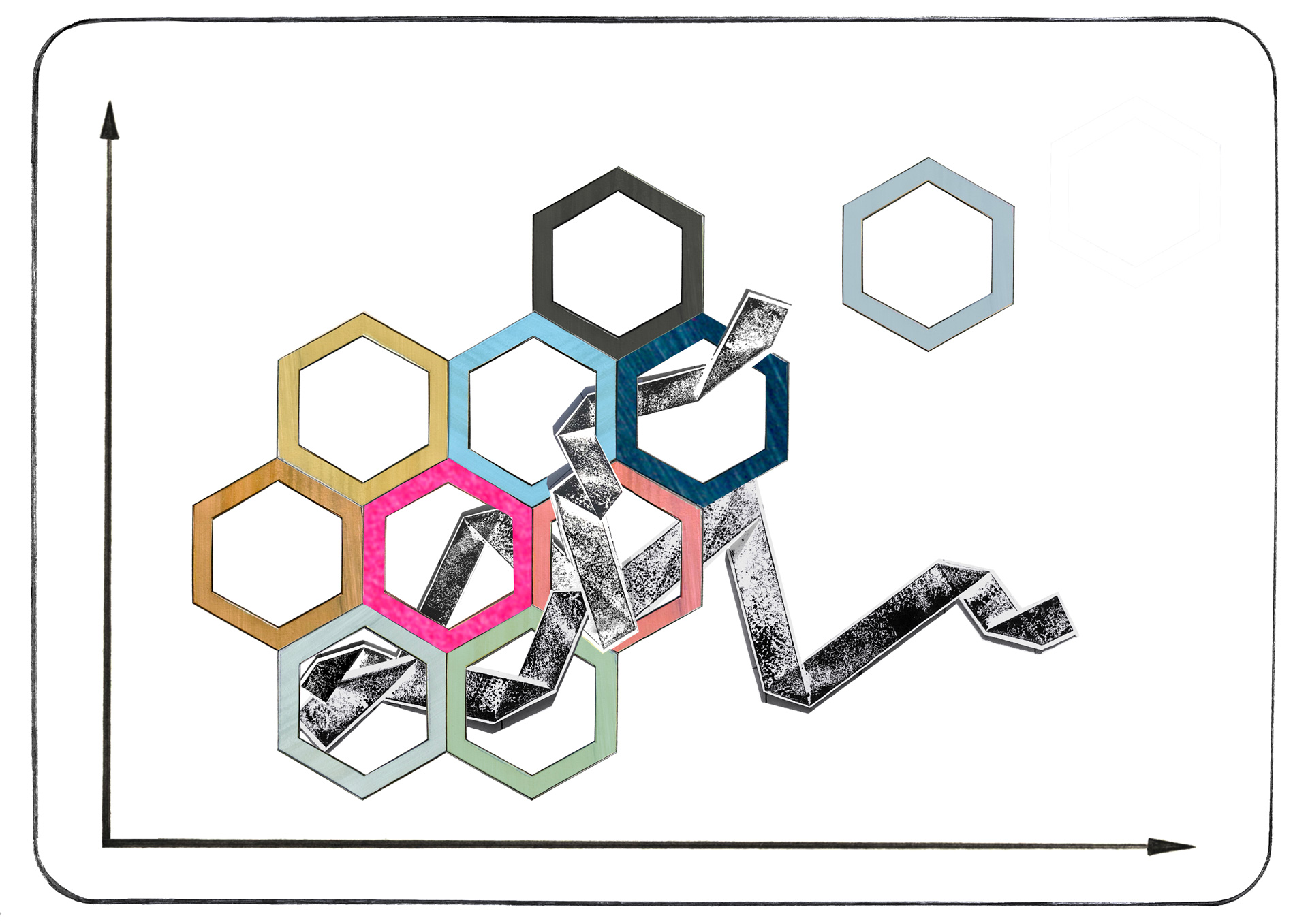











Thank you Kate and Mathilda for the clarity and vision of Earth Logic – it is sure to become a guiding text for those working for change within fashion, and beyond.
I have identified Earth Logic as a key reference in my Fashion Fictions initiative (fashionfictions.org), which brings people together to generate, experience and reflect on engaging fictional visions of alternative fashion cultures and systems. In particular, I have identified the first three landscapes – less, local and plural – as sources of inspiration for people dreaming up the diverse ideas for alternative fashion worlds which form the foundation of the Fashion Fictions project.
Thank you!
Dear Kate and dear Mathilda!
Last week, we discussed the Earth Logic Fashion Action Research Plan in my “Fashion in Crisis”-reading group and here are a few thoughts from the discussion:
– first of all, the form of this text is really great and accessible to a wide audience (I was particularly impressed with the bits in which you describe concrete scenarios of life within the holistic landscapes!), the language is clear and engaging – and with your writing, you practiced what you preached in terms of making scholarly knowledge less hierarchical and quite simply shareable across disciplines!
– The text really works as a manifesto!! I will continue to use this in my teaching and definitely also in my research practice, thank you so much for the encouragement and the space you create for a more immediate reaction from scholars to pressing social and political issues!
– The references to Donna Haraway’s latest book sparked a lot of interest and it encouraged some of the participants to do more research on multispecies feminism!!
– Of the six holistic landscapes, the second one was the most difficult to comprehend and envision, and we talked a lot about the implications of a “localization” of the fashion industry. After reading about the complexity of global supply chains in the garment industry in Alessandra Mezzadri’s work in an earlier session, we were wondering how a scaling and re-centring of the fashion industry could be set forth, considering not only the fact that many materials are still sourced from across the globe, but that there are also millions of garments workers whose livelihood depends on the global structure of the industry? The question here is essentially about the ways in which globalization and especially international trade can become more sustainable.
These are just some thoughts that I wanted to share with you – thank you for the brilliant manifesto and for making it so widely available!
I am a knitted textile designer, researcher and lecturer in sustainable textiles. I have now read ‘Earth Logic’ twice, avidly taking notes on both occasions.
The concepts of ‘diverse ways of knowing’ and ‘grounded imagination’ particularly resonate within my own practice, as well as the encouragement throughout to ‘stay with the trouble’.
I have ‘stayed with the trouble’ throughout my practice, and it has often felt like a somewhat solo mission within my own context. Often having to justify the focus of my work to fellow students, tutors, and designers who have not always valued the problem solving nature of my work, the call to action within this book has been a brilliant energy and confidence boost. ‘Staying with the trouble’ is championed and valued here- brilliant!!
In these worrying times, where work opportunities are dwindling within the pandemic crisis, reading ‘Earth Logic’ has provided new perspectives for me to explore, new ways to approach thought processes, and it has renewed the sense of worth in my often confusing and challenging work.
As hoped by the authors, this book will not sit on my shelf and gather dust- it has become and will remain a constant point of inspiration and reference for my continued research within knitted textiles!
Thank you Kate and Mathilda for making the Earth Logic Fashion Action Research Plan available! In response to the measures against the spread of the Covid-19 virus, the University of Applied Arts Vienna, where I teach in the fashion design department, has closed its doors for students and moved all teaching activities online. Students of practice-based courses like fashion design are particularly challenged by the shutdown of studios and working facilities. At the same time, the present offers a rare possibility to take a step back from the usual state of pre-fashion-show-frenzy. Therefore, I have organized a Fashion in Crisis reading group on Zoom, and have included the Earth Logic Fashion Action Research Plan in the reading list!
Just wanted to reiterate my thanks for the workshop on the 12th. It truly was inspiring and encouraging. These ideas are so important, I think even you and Mathilda are challenged by the courage needed to talk about degrowth, local production, democratisation of fashion etc in a seemingly opaquely neo-liberal culture- and you guys are researchers at the one of the biggest London Universities! But it means such a lot to hear people speaking up truthfully in positions where you also have a lot more to lose. So thanks again.
Just wanted to share my key insights from your talk yesterday, and the things that I’ll be taking forward in my own practise.
1) Change needs to happen with relative speed and on a large scale, but this shouldn’t be used a justification for more exploitation. Therefor- grassroots organisations need to consolidate power and lead change from the ground up. This gives an opportunity to build into my ‘Brixton Fashion Commons’ project a ‘union’ of local garment industry or fashion industry workers. Especially focussed on retail assistants within the chain stores in Brixton. They have potential to take the fight to their global employers with the expanded knowledge that some of us more embedded practitioners can share with them.
2) There is a ‘consumer’ journey to less. I can shift my business model and my comms strategy to reflect this journey. Not asking the people who buy and wear my pants to buy in because they fully embrace the narrative of EarthLogic (and similar thinking- sacred economics etc), but treating our interaction as an almost therapeutic course to potentially guide people from a position of ‘I want cheap sexy underwear, but I’m trying to be good’ to ‘I understand the reasoning for buying less and why it will cost more and I’m excited to be a part of that process’.
Thank you Earth Logic for helping East London Textile Arts to explain a vision. Our group is diverse in skills and culture, and we work on a long term development through collaborative projects with art galleries and museums. My focus is enabling the adults with learning disabilities to collaborate with their support workers and their families through textiles and the making of clothes. Collective making helps us strengthen relationships in our community and to make contemporary fashion statements. Earth Logic is helping us to value our work as an influential example of how clothes are being made locally. Earth Logic helps us re-think what the role of the designer could be. We are not interested in reproducing our clothes to make money because the value is always in what we become as a result of making the work. Earth Logic helps us explain to our funders, why this is also important for the world beyond the community centre.
Thank you Kate and Mathilda for writing this. I am assigning the Introduction as the opening text to my undergraduate class, Specialized Studio in the Systems & Society pathway at Parsons. The underlying context for the semester, following your document, is Earth Logic. For reference, this is a required studio class in the third year of a four year BFA in Fashion Design. I’ll report back in May/June on how the semester went.
Brilliant. This really confirms that small local projects that address fashion waste, repair and reuse are valid. Thank you.